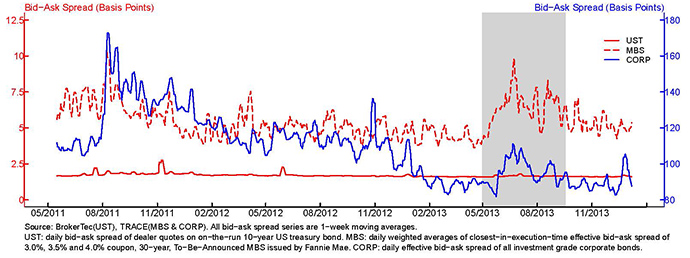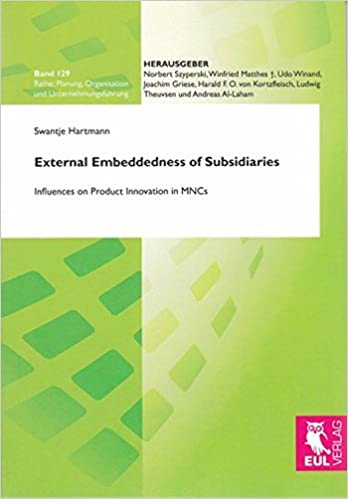

Disguised unemployment can be difficult to measure as it requires surveying workers to understand their skills compared to the requirements of their current job. Open unemployment is a situation in which a person who is able and willing to work at existing wage rate cannot get work. This can occur due to an increase in technology coupled with a mismatch in demand for certain types of workers and imperfect knowledge of their skill sets. Disguised unemployment is the underutilization of workers based on their capabilities and skills.
- For the rest of the agricultural season, they stay at home being unemployed.
- This type of unemployment can occur when there are a large number of people working in a sector relative to the number of resources they have access to (i.e., capital, raw materials, technology).
- Underemployment can seriously affect an individual’s mental and emotional health.
In this article, we are going to look at two types of unemployment, disguised and seasonal unemployment. Unemployment vs Underemployment Unemployment refers to the economic situation in which an individual who is actively searching for employment is unable to find work. Underemployment is a situation where there is a mismatch between the employment opportunities and the skills and education level of the employees. Seasonal unemployment is a form of unemployment in which people are unable to find work for a set period of time or for a certain number of months. People who work in the agricultural sector, as previously said, are more likely to be seasonally unemployed.
Individuals with illness or disability but who can perform certain tasks also fall under disguised unemployment. It is because they may be able to work certain jobs but are typically not included in the national unemployment statistics of a country. A number of surveys show that skill-based underemployment in North America and Europe can be a long-lasting phenomenon. If university graduates difference between underemployment and disguised unemployment remain in a prolonged state of underemployment, the skills they gained from their degrees can atrophy from disuse or become out of date. Similarly, technically specialized workers may find themselves unable to acquire positions commensurate with their skills for extended lengths of time following layoffs. The labor force participation rate is a measurement of an economy’s active workforce.
Content: Disguised Unemployment Vs Seasonal Unemployment
As a result, a number of highly trained and qualified employees leave the country and migrate to other countries in search of better employment opportunities. This is known as ‘brain drain’ and when this occurs in significant scale, it will become an unfavorable situation to the economy. Nigeria, India, China and Iran are among countries that face high levels of brain drain for some consecutive number of years.
This article will highlight the key differences between Open and Disguised Unemployment. Unemployment refers to the economic situation in which an individual who is actively searching for employment is unable to find work. Unemployment is often used as a key indicator of economic conditions. In 2015, Forbes magazine reported that South Africa, Greece, and Spain top the list of highest unemployment rates. The unemployment rate is a measure of the frequency of unemployment and is calculated as below in percentage terms. All meanings involve under-utilization of labor which is missed by most official definitions and measurements of unemployment.
For example, in many developing nations, farms have too many workers. If some of those farm-workers left, total production would remain the same. It would not be counted as unemployment, but we can say there is a mismatch of skills. The stress and anxiety are a result of not being able to make ends meet, which creates a sense of inadequacy.
All these are secondary activities because the final product is to be produced not by nature but has to be made by men and therefore, some process of manufacturing is essential. Though the primary product, i.e., cotton is produced by nature, but it cannot be used directly by us in . So to convert it into usable form some process of manufacturing is essential. When a person is forced to take up jobs that do not match their skills, they typically receive an income that is below their pay grade. With inadequate income, families do not consume as many goods and services as before. Underemployment also occurs when the supply of workers is greater than its demand.
As a result, the organizations are facing issues in recruiting skilled employees in almost every field. Underemployment has been studied from a variety of perspectives, including economics, management, psychology, and sociology. In economics, for example, the term underemployment has three different distinct meanings and applications. All of the meanings involve a situation in which a person is working, unlike unemployment, where a person who is searching for work cannot find a job. Underemployment is a measure of the number of people in an economy who are working in low-paid or part-time jobs because they can’t find jobs that match their skills. Additionally, a person working part time in their field who wants to work full time may also qualify as underemployed.
Considering the Indian economy, under-employment reveals the best way to utilise the labour force in terms of ability, skills, and work experience. There is no official government statistic available on the total number of people who might be underemployed or disguised unemployed. Disguised unemployment can also be manifested in what’s called “imperfect knowledge” between the employer and the employee.
Low Demand
Involuntary part-time work can cause problems when the wages or hours are not enough to support a family or to repay college student loans. Disguised unemployment, or underemployment, is measured by the Current Population Survey . The survey asks approximately 60,000 households questions on the work and unemployment status of members of the household who are 16 years and older. The answers to these questions inform the different unemployment rates reported by the BLS.

All members of the family do not get work for a whole year; rather they work only in agricultural season. For the rest of the agricultural season, they stay at home being unemployed. When productivity is too low and there are too many workers filling too few jobs, this happens. Underemployment exists when someone who possesses finite skills is used in a position that does not require or make use of his/her skills.
What Is Disguised Unemployment?
As money becomes tighter, companies may freeze hiring or lay off some of their current staff. If a business is struggling that may declare bankruptcy and close its door, putting employees on the unemployment line. Underemployed workers are unable to work as much as they’d like or to find jobs that are a match for their skills, abilities, or experience. In the urban areas, the unorganised sector mainly comprises workers in small-scale industry, casual workers in construction, trade and transport, etc. It also consists of those who work as street vendors, head load workers, garment makers, rag pickers, etc.
These activities, by themselves, do not produce a good, but they are an aid or a support for the production process. It seems as if everyone is employed, but actually a few of them are not contributing to the output. A person working for 3 hours per day compared to 8 hours of normal work time . Employment is the primary source of income for a person and hence, it is the source of economic growth. When certain industries no longer need workers, people with the skills that match that industry may be forced to accept low-income jobs that don’t fully utilize their skills.
Disguised Unemployment: Definition and Different Types
This type of unemployment can occur when there are a large number of people working in a sector relative to the number of resources they have access to (i.e., capital, raw materials, technology). In effect, this particular labor force may be working in a redundant manner, meaning that if a number of them left their jobs, the total output of the sector would not be diminished. Hidden unemployment can occur in any segment of the economy where labor has lower productivity due to a job beneath their potential. Disguised unemployment exists when part of the labor force is either left without work or is working in a redundant manner such that worker productivity is essentially zero. An economy demonstrates disguised unemployment when productivity is low and too many workers are filling too few jobs.
She is a financial therapist and transformational coach, with a special interest in helping women learn how to invest. Only 4% of employed population works in formal sector, having job …. Therefore it is quite obvious that such employment won’t add anything to the economy of people. An unemployed person is someone, who is a part of the labour force and looking for work but is not able to find one.
Gathering, hunting, fishing, lumbering, animal rearing, farming and mining are some of important examples of primary activities. Let us understand the concept with the help of an example-Animal rearing or dairy is a primary activity. In this activity, farmers are dependent on the biological process of the animals, and the availability of fodder, etc. Underemployment is a social problem that affects job growth, business growth, poverty levels, and the emotional and psychological health of the underemployed. Sometimes technology takes the job of a worker who would have previously been employed in a position that has since become automated.
Disguised unemployed refers to workers who are left without work, are working in a redundant manner, or are not being utilized to their full potential. Disguised unemployment is often referred to as underemployment, hidden unemployment, or partial unemployment. Individuals who are employed on a part-time basis but with the capabilities and skills to perform on a full-time employment level and be productive. Disguised unemployment is very common in third-world countries, which are still developing and with vast population numbers, thereby experiencing what is known as a labor surplus.
